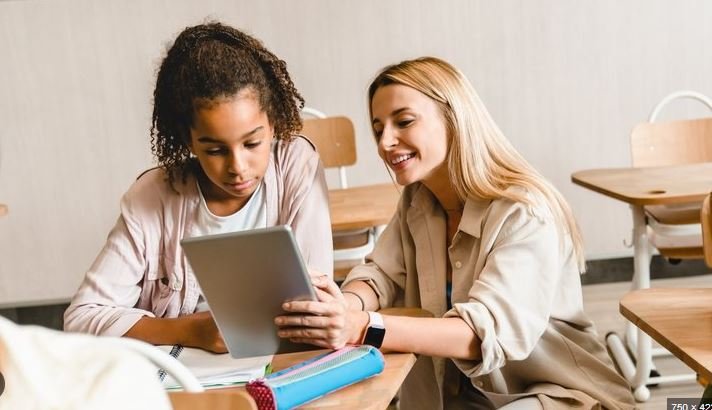Personalized learning improves student outcomes by tailoring education to meet individual needs, preferences, and learning styles. In today’s diverse classrooms, a one-size-fits-all approach to education no longer works effectively. Students have varying strengths, interests, and challenges, and personalized learning provides a way to address these differences, fostering better engagement, motivation, and academic success. By shifting the focus from traditional instruction to a student-centered approach, personalized learning transforms how education is delivered and how students achieve their goals.

1. Tailoring Education to Individual Needs
At its core, personalized learning improves student outcomes by catering to each student’s unique needs. Rather than teaching the same content at the same pace to every student, personalized learning allows educators to customize lessons, assessments, and activities to align with a student’s strengths and weaknesses. This approach ensures that students receive the right level of challenge and support, enhancing their ability to grasp complex concepts.
For instance, a student who excels in math might be given more advanced problems, while a student who struggles with reading comprehension could receive additional resources tailored to their learning level. By recognizing that each student learns differently, personalized learning increases the chances of academic success, enabling students to progress at their own pace.
2. Promoting Engagement and Motivation
Personalized learning boosts student engagement by making the learning experience more relevant and meaningful. When students see that their individual interests and goals are being considered, they become more motivated to participate and take ownership of their education. Personalized learning often incorporates project-based learning, interactive activities, and opportunities for student choice, all of which help keep students engaged.
In addition to creating a more engaging learning environment, personalized learning also empowers students to take an active role in their education. For example, students might choose their own research topics, select projects that align with their interests, or set personal academic goals. This increased autonomy makes learning more enjoyable and encourages students to stay invested in their progress.
3. Enhancing Academic Achievement
By focusing on the specific needs of each student, personalized learning significantly improves academic outcomes. Students who struggle in certain areas receive targeted support, while those who excel are given opportunities to deepen their knowledge. This individualized approach helps close achievement gaps and ensures that all students reach their full potential.
Furthermore, personalized learning utilizes ongoing assessments to monitor student progress. Teachers use data to identify areas where students need additional help or where they can be pushed to achieve more. This constant feedback loop enables quick intervention when a student is falling behind and provides continuous opportunities for growth, leading to better overall academic performance.
4. Encouraging Critical Thinking and Problem-Solving
Personalized learning also fosters the development of critical thinking and problem-solving skills by allowing students to explore topics at their own pace and in greater depth. Rather than focusing solely on rote memorization, personalized learning emphasizes understanding and application. Students are encouraged to engage with content actively, ask questions, and solve real-world problems, which promotes deeper learning.
In a personalized learning environment, students often work on projects that require them to analyze information, think critically, and apply their knowledge in practical ways. This not only enhances their academic understanding but also prepares them for future challenges in their careers and personal lives.
5. Using Technology to Support Personalized Learning
Technology plays a significant role in making personalized learning more effective. Digital tools, such as learning management systems, educational apps, and online resources, allow teachers to customize lessons and provide students with a wide range of interactive learning experiences. Adaptive learning software, for example, can adjust content based on a student’s progress, offering additional practice in areas where they need improvement or introducing more challenging material when appropriate.
Technology also facilitates collaboration and communication between students and teachers, ensuring that personalized learning plans are continuously updated and refined. Students can access learning materials from anywhere, allowing for a more flexible and individualized approach to education.
Conclusion
In conclusion, personalized learning improves student outcomes by offering a tailored approach to education that meets the needs of each learner. By focusing on individual strengths and weaknesses, promoting engagement and motivation, and enhancing critical thinking and problem-solving skills, personalized learning creates a more effective and enjoyable learning experience for students. Technology plays a key role in supporting this approach, allowing for greater flexibility and customization. Ultimately, personalized learning not only helps students succeed academically but also prepares them for the demands of the modern world.

